
Dental zirconia: better aesthetics for dental prostheses
There are different materials that can be used to build a dental prosthesis, the main ones being: resin with a metal internal structure (metalloplastics/Branemark protocol), ceramic with a metal internal structure (metalloceramics) and the most aesthetic option which is ceramic with a metal-free dental zirconia internal structure (metal free).
Therefore, among the possible materials for dental prostheses, we have:
- resin with an internal metal structure – this is known as metalloplastic or Branemark protocol,
- ceramic with an internal metal structure – this is called metal-ceramic,
- the metal-free dental zirconia ceramic.
The most aesthetic option is ceramic with a metal-free dental zirconia structure, also known as metal free.
We can perform your zirconia bridge in Brazil
The evolution of aesthetic dentures
Most total or partial infrastructures are made with metal alloys that play the role of mechanical and functional support. However, their dark color can compromise the final aesthetics, especially in areas that are more apparent and important to patients.
As a result, metal-free ceramic structures are gaining ground, mainly because they achieve a more aesthetic result and because of their biocompatibility, resistance and stability.
Dental ceramics and zirconia are considered the most advanced materials because they do not contain metals in their composition, which provides an aesthetic dental prosthesis that is much more similar to natural teeth.
Zirconia teeth can be single, bridged or full-arch, installed on teeth or on dental implants.
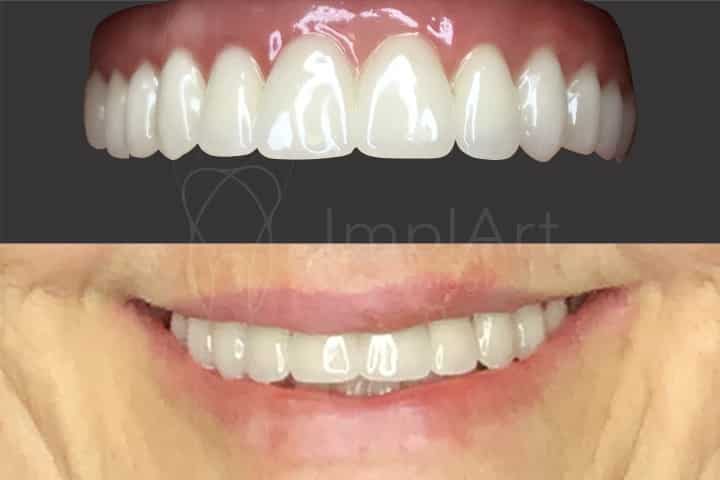
Dental zirconia is a white, resistant ceramic material used to build the structure of the prosthesis. A layer of porcelain is applied to this structure, which makes the prosthesis similar to natural teeth in terms of translucency, texture and shade.
As zirconia is white, the prosthesis has a similar shade and translucency to natural teeth, even when exposed to light.
New types of more translucent dental zirconia allow for the complete fabrication of dental prostheses by computer, without the need to apply porcelain manually.
The shade of zirconia is comparable to natural human dentin. In contrast, the same result cannot be achieved with a prosthesis containing a metal framework.
Zirconia – far superior aesthetics
This is because bone and gum changes naturally occur over the years, and this remodeling can expose a small portion of the metal of the prosthesis and thus cause aesthetic damage to the smile.
Another advantage of zirconia is that prostheses made from this material are completely computer-engineered and executed on 3D printers using Cad/Cam systems. This allows prostheses to be made more quickly and accurately.
For your convenience, ImplArt Odontologia has its own digital prost hesis laboratory that develops dental zirconia prostheses. Make an appointment and find out if this technique is right for you. We would be delighted to hear from you!
See below for photos of implant treatments and fixed porcelain and zirconia dental prostheses:
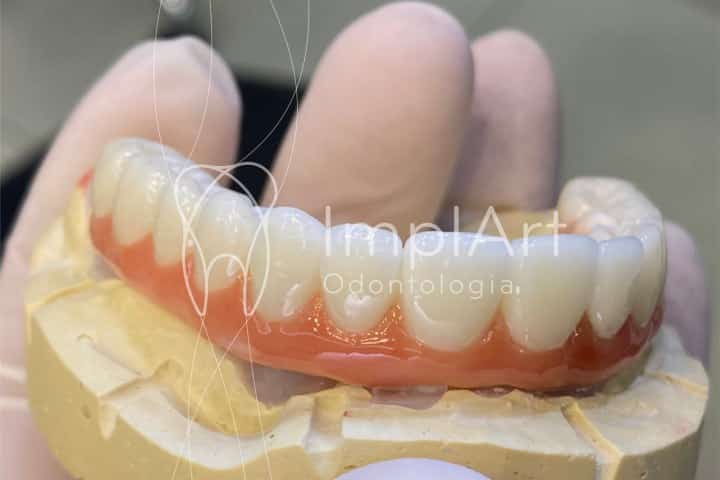
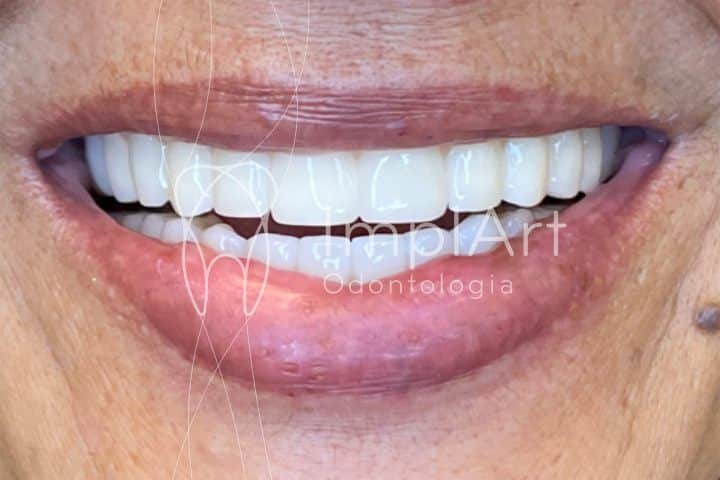
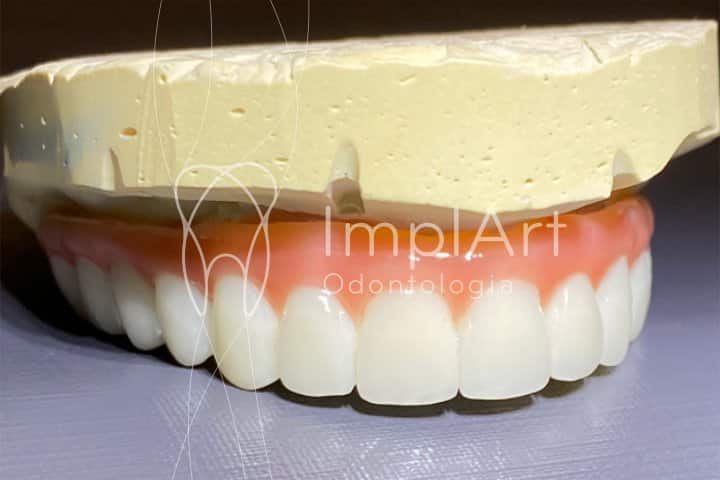
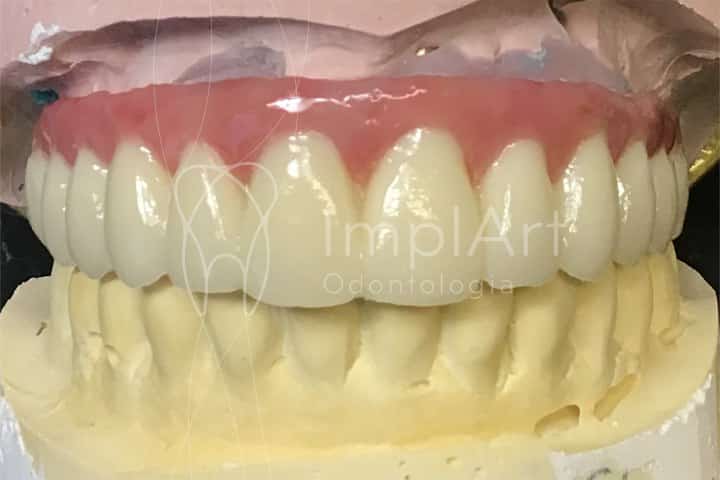
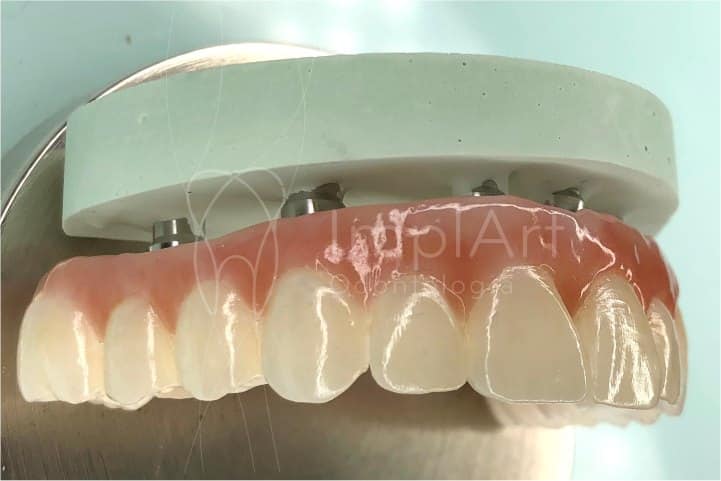
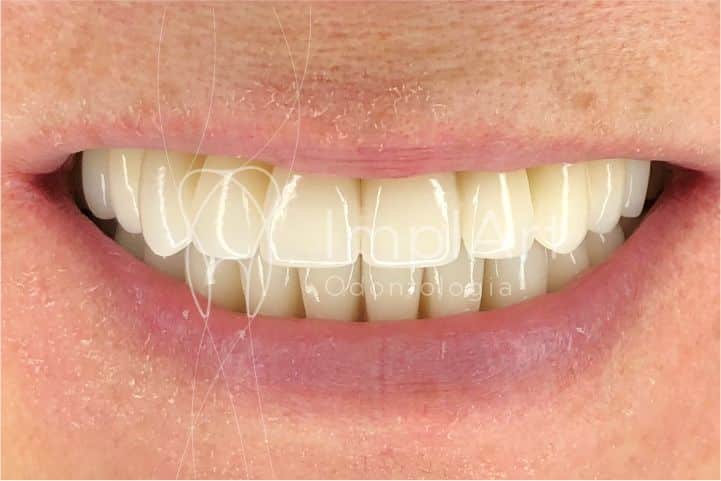
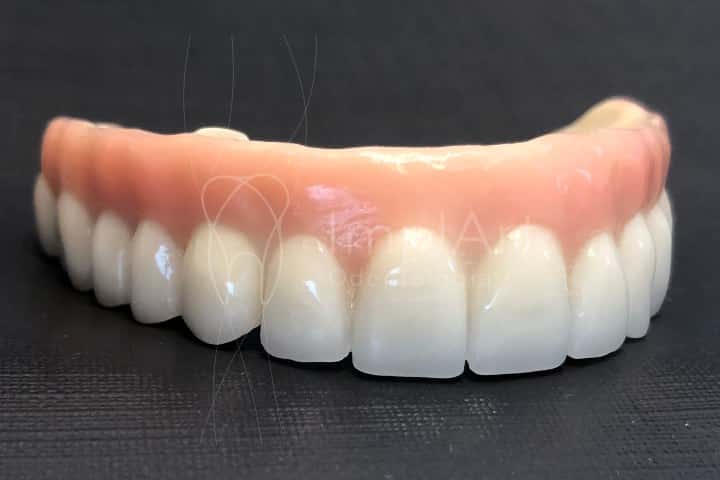
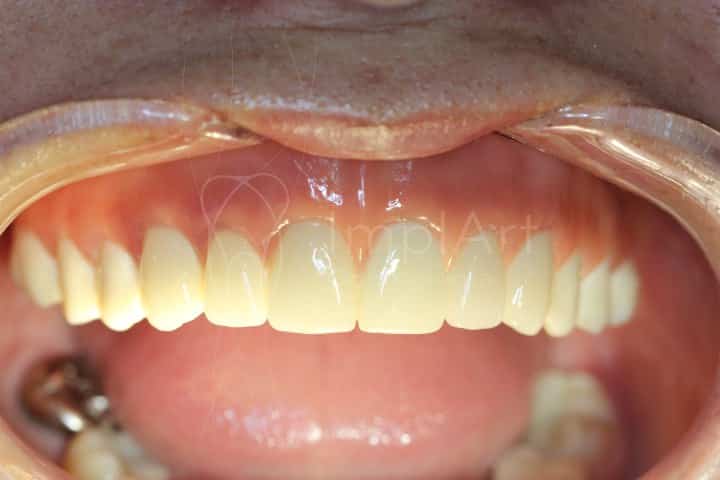
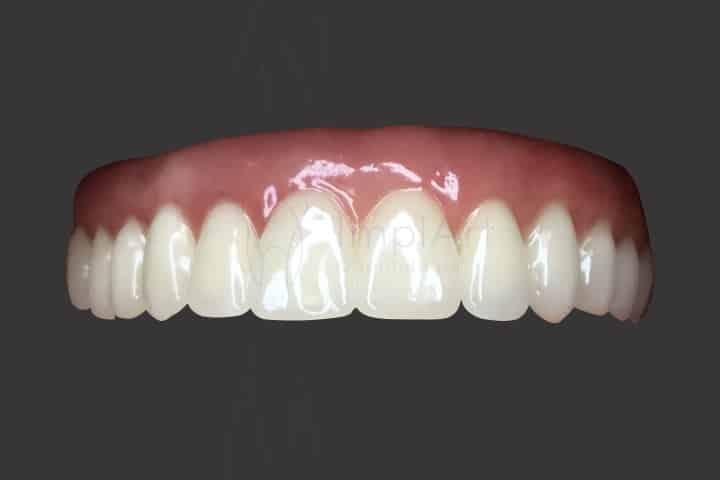
 Agende sua consulta agora por WhatsApp
Agende sua consulta agora por WhatsApp
Leave a Reply